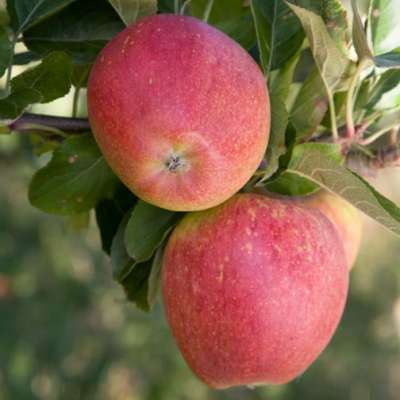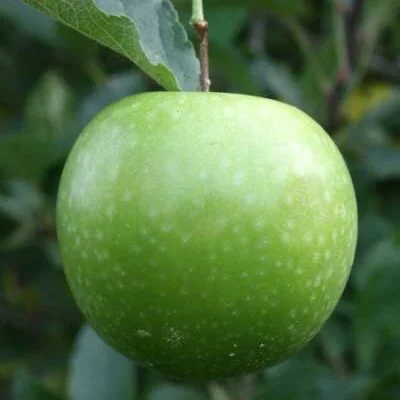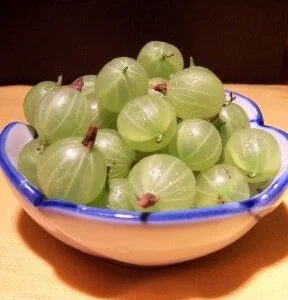Your basket is currently empty!
Soil Preparation
The site should be in full sun and protected from the cold winds, but peaches and nectarines are tolerant of a very wide range of soils. It is essential that the soil is well drained and if necessary this can be improved by placing chopped turves or even coarse gravel or small grit rubble below the planting depth. Ensure this is covered with some soil before planting. The roots will need a depth of 18″ of soil for good growth. If the tree is to be planted against a wall, plant 9″ away from the wall and improve the soil if necessary as previously described. Plant to the same depth as the tree was in the nursery and after planting a 2-3″ mulch of well rotted manure or peat should be spread for 18″ around the tree.
Pruning
Pruning is the same as for bush apples except that the pruning must be done in the spring and a few branches may be left in the centre of the tree. When the tree is cropping prune each spring, to encourage new growth to carry the next summer’s fruit.
Feeding
In February apply Growmore at 3oz per square yard around the root area. Replace or improve the mulch as necessary. In May each year a foliar feed every 14 days until the fruits start to ripen is very beneficial. Phostrogen is ideal.
Watering
It is essential to water well and in hot dry weather your tree will appreciate a spray of water before the sun reaches them in the morning and again in late evening.
Pollination and Protection
As peaches and nectarines flower early in the year they should be protected from frost. Drape the trees with hessian or birdnetting when frost is imminent and remove during the day. As few insects are about this early in the year, pollinating the flowers by hand will ensure a better set of fruit.
Thinning
To obtain regular crops of good sized fruits thinning of the fruits should start when the fruitlets are the size of peas until they have reached walnut size. Peaches should be about 9″ apart and nectarines closer at 6″ apart when thinning has been completed.
Harvesting
When the fruit has a reddish flush and feels soft it is ripe for picking. Hold the fruit in the palm of the hand to avoid bruising, lift slightly and twist.
The Fan Trained Tree
Plant a feathered maiden and in the spring after planting, cut back to a lateral about 24″ from the ground. Ensure that you have left one good bud each side below the pruning level. Any remaining laterals should be cut back to one bud. In early summer three shoots should be selected, train the top shoot vertically and with the remaining two, train one to the left and one to the right. Remove all other buds or shoots. In July the shoots will now have lengthened and they should he tied to the support at an angle of about 45°. Later in the summer cut out the central upright shoot and protect the cut with wound paint.
The Second Year:
In spring cut back your two side shoots to a bud or triple bud at about 12-18″ from the main stem. In summer four new shoots on each arm should be selected, the main one to extend the growth of the main arm, two to train above and one below for each side of the tree. Other shoots should be stopped at one leaf.
The Third Year:
In spring each leader should be shortened by a third to a downward pointing bud. In summer the leading shoots should be allowed to extend their growth and every 4″ a new shoot can be trained to your required fan shape. Do not train more than three new shoots from every branch and, in late summer when they have made 18″ of growth, pinch out the growing point and tie them to the cane or wires. There new laterals will fruit the following summer. Your wall will now be covered with your fan shaped tree and future season training is simply a matter of removing any shoots that are growing directly away or towards your wall, cutting at one or two leaves. Replacement laterals can be trained if required and the old fruited wood removed to make room for your new replacement after fruiting.
Growing in the Cool Glasshouse
All varieties listed can be grown in the cold greenhouse, if preferred, No artificial heat is necessary. Ventilate when the temperature rises above 65° and damp down on sunny days except during flowering. Spray with water daily to create humidity when the leaves start to expand. After fruiting all ventilators should be left open.






